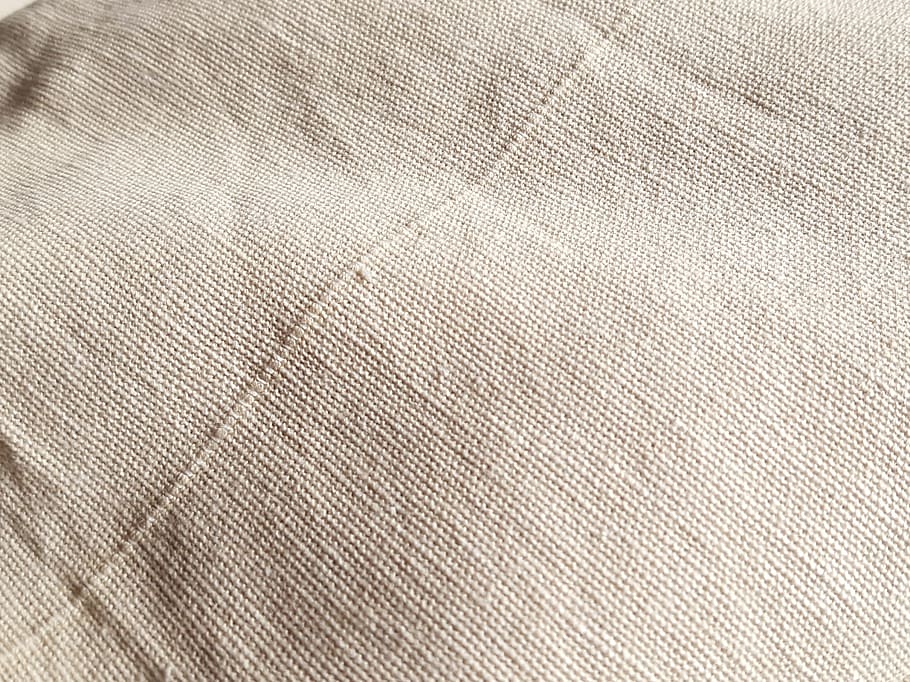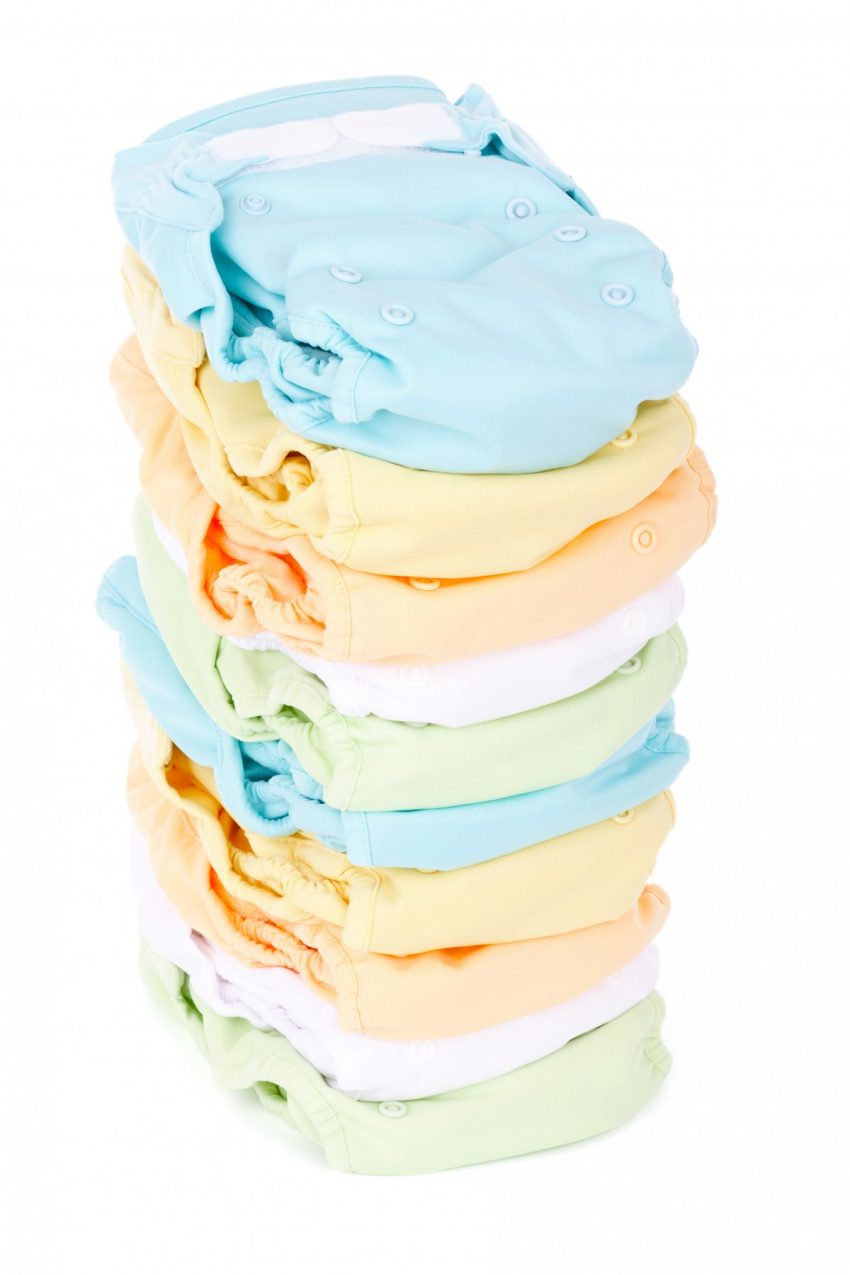The textile industry not only has a definite impact on the environment but also on health. Numerous labels have been created to help consumers make responsible choices and promote products that are free of harmful and dangerous substances. Among them, the Oeko-tex label is very widespread. Discover in this article its origin and the different certifications you can meet. But also the controls carried out on the Oeko-tex labeled fabrics, and by what procedure do the brands obtain their approval.
The origins of the OEKO-TEX® label
In 2022, the OEKO-TEX organization celebrated its 30th anniversary. The foundation of the association dates back to 1992 and was initiated by several Austrian and German professors from the Austrian Textile Research Institute and the Hohenstein Research Institute respectively. The Swiss Textile Testing Institute Testex joined them shortly after. The ambition of the association is to test textile products in the laboratory in order to inform consumers about the safety of the articles they buy, thanks to a reliable and demanding certification.
The organization aims to be totally independent and has no ties or conflicts of interest with the textile industry. The first OEKO-TEX label is the “Standard 100”, which made its public appearance only a few months after the institution was founded. It is intended to certify textiles tested for harmful substances. In 1995, the association launched the “OEKO-TEX 1000” standard for the recognition of environmentally friendly and socially responsible products at the production facility level.
Several years later, in 2010, the organization issued its 100,000th OEKO-TEX Standard 100 certificate, establishing itself as an independent global label that is recognized for its commitment to a substance-free textile industry.
In 2013, a new certification replaces the OEKO-TEX 1000 standard. It is called STeP (Sustainable Textile Production). This integrated analysis system evaluates the production conditions in the facilities along the value chain, with regard to environmental and social criteria. MySTeP by OEKO-TEX is part of this continuity by offering companies the use of a transparent database.
Traceability is indeed an additional guarantee of confidence for consumers. With this in mind, the association is launching a new label in 2014 with “Made in Green by OEKO-TEX”. “Eco passport”, “detox to zero”, impact calculator or “Leather Standard” (a label for leather), OEKO-TEX keeps offering new tools to companies for more responsible textile production and new quality guarantees for consumers.
What are the main OEKO-TEX labels?
The objective of the organization is above all to guarantee the absence of toxic and harmful products for human health as well as for the environment in order to allow consumers to regain confidence in the textiles they use every day.
OEKO-TEX Standard 100
Standard 100 is the most recognized certification for textiles. And for good reason, with 30 years of existence, this label has had time to spread throughout the world. The Standard 100 label guarantees consumers that all components of the article have been tested for harmful substances and are therefore safe for human health. This includes not only the yarn, but also the accessories: zippers, linings, buttons, prints and coatings where applicable.
The partner institutes that carry out the tests are obliged to refer to the OEKO-TEX criteria catalog. The tests take into consideration the control standards of the European regulation on chemicals to be avoided (REACH): pesticides, heavy metals, carcinogenic dyes, etc. But the values allowed in the Standard 100 are much stricter than some national and even international standards, with regular updates that require ever greater vigilance.
The OEKO-TEX Standard 100 distinguishes between several classes of textile products depending on the end use and especially the degree of skin contact. The standards and values applied are adapted to the required level of demand.
-
Class 1 is the strictest, it concerns products for babies and young children from 0 to 3 years (clothing, bed linen, etc.)
-
Class 2 is made up of products that are regularly in direct contact with the skin, such as underwear, clothing, but also certain bed linens
-
Class 3 refers to products that have little or no direct contact with the skin such as vests, jackets or coats
-
Class 4 includes home and decorative textiles, tablecloths, curtains and other furnishing fabrics
Made in Green by OEKO-TEX

Introduced in 2014, the Made in Green label establishes new requirements compared to Standard 100, particularly with regard to production facilities. These must be environmentally friendly, but also ensure safe and socially responsible working conditions.
The Made in Green label concerns all types of textiles, as well as leather products and is based on 4 pillars.
-
Environmentally friendly manufacturing: responsible treatment of emissions and wastewater, resource conservation, waste management.
-
Product and consumer safety: quality tests and harmful substances on all components.
-
Social responsibility: compliance with International Labour Organization conventions in terms of working hours and remuneration, prohibition of child labour, safety and health protection of workers.
-
Traceability and transparency of supply chains: unique identification using a QR code, information on manufacturing facilities, production locations, etc.
Made in Green is an OEKO-TEX label that groups together several certifications: the Standard 100 or Leather Standard for the testing of articles, as well as the STeP (Sustainable Textile Production) label that concerns the production facilities.
Leather Standard
OEKO-TEX launched its label specifically for leather products in 2017. Leather Standard is for leather ready-to-wear items and leather goods accessories. OEKO-TEX performs the certifications based on tests that have the same requirement criteria as for Standard 100. Leather from exotic animals or protected species is not allowed in the Leather Standard.
Procedure: how are certifications obtained by brands?
To apply for their OEKO-TEX label, companies must complete an application form for the desired certification (Standard 100, Made in Green, Leather Standard). The application is then sent to a partner institute.
The certification then includes a financial fee that covers the license, the audit and the laboratory tests. After evaluation of the samples, a detailed report is issued. If the tests are positive, certification is granted for one year. Renewal is annual and involves the same steps.
Companies can then choose between different options for displaying the logo, which can be placed on the packaging or on the product itself. The complete statement must include the logo, the type of label, the certificate number and the inspection body.
The number on the label can be used to check the validity of the certification at any time by visiting the OEKO-TEX website under “Label Check“.
Is it an organic label?
Although OEKO-TEX tests for harmful substances that are a danger to human health, it is not a label that certifies that the fabrics are organic. Indeed, the criteria of the tests do not focus on the conditions of culture of the fibers, but rather on the components of the finished product. It is, therefore, possible to find OEKO-TEX labeled items that use natural or synthetic fibers that may have contained chemicals during production. This is why the new Made in Green certification was created to add ethical and ecological considerations to the safety tests.
OEKO-TEX is to be distinguished from the GOTS label (Global Organic Textile Standard), which establishes controls on the origin of raw materials, imperatively from organic farming. Despite this, the OEKO-TEX label is still recommended for consumer choices.

